Aging Cell is an open access geroscience journal addressing the biology of aging, from molecular mechanisms of aging to age-related disease.


In the grandeur of the universe, the tapestry of life may be woven from stranger threads than we ever dared to dream, and spun from materials far different to our own.\
Watch my exclusive video The Fermi Paradox Hermit Shoplifter Hypothesis: https://nebula.tv/videos/isaacarthur–…\
Get Nebula using my link for 40% off an annual subscription: https://go.nebula.tv/isaacarthur\
Get a Lifetime Membership to Nebula for only $300: https://go.nebula.tv/lifetime?ref=isa…\
\
Visit our Website: http://www.isaacarthur.net\
Join Nebula: https://go.nebula.tv/isaacarthur\
Support us on Patreon: / isaacarthur \
Support us on Subscribestar: https://www.subscribestar.com/isaac-a…\
Facebook Group: / 1,583,992,725,237,264 \
Reddit: / isaacarthur \
Twitter: / isaac_a_arthur on Twitter and RT our future content.\
SFIA Discord Server: / discord \
\
Credits:\
Silicon-Based Lifeforms \
Episode 426; December 21, 2023\
Produced, Written \& Narrated by: Isaac Arthur\
Graphics: Ken York / YD Visual\
Music Courtesy of Epidemic Sound http://epidemicsound.com/creator
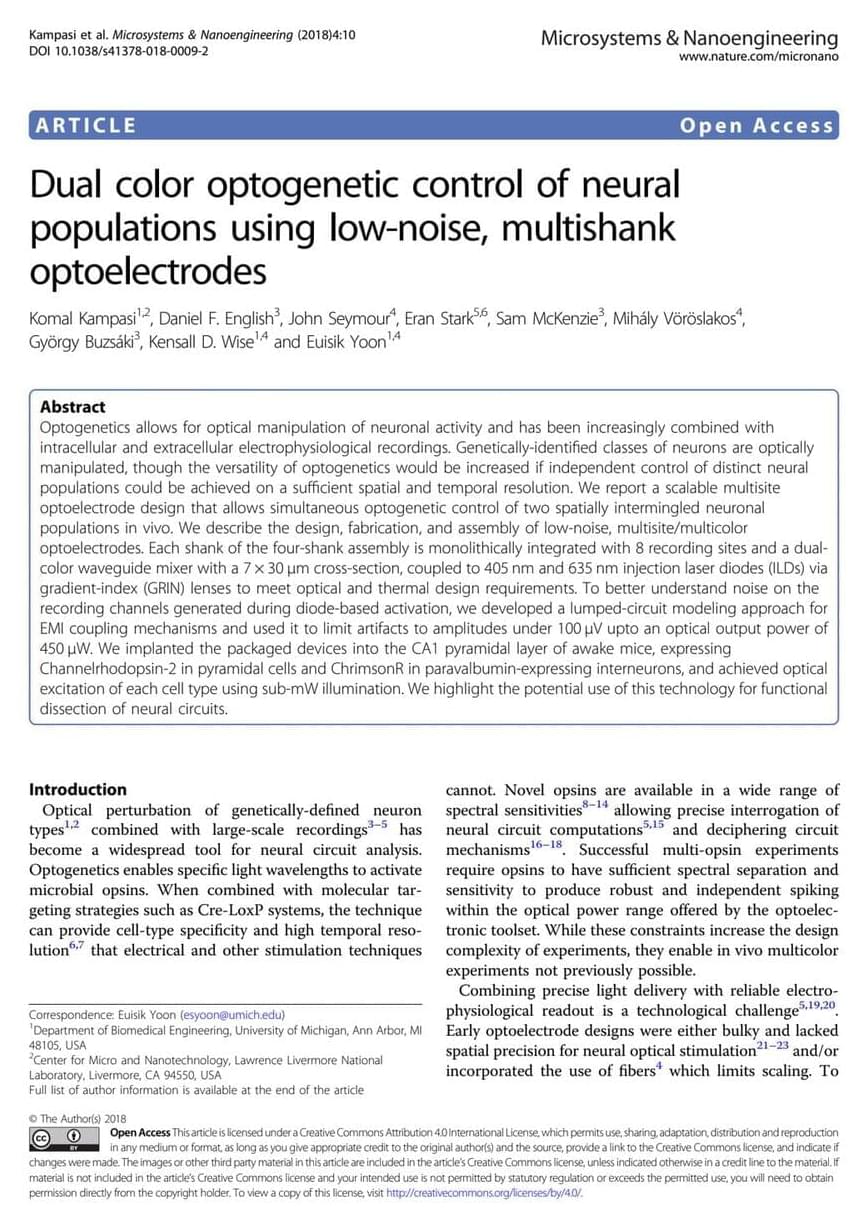
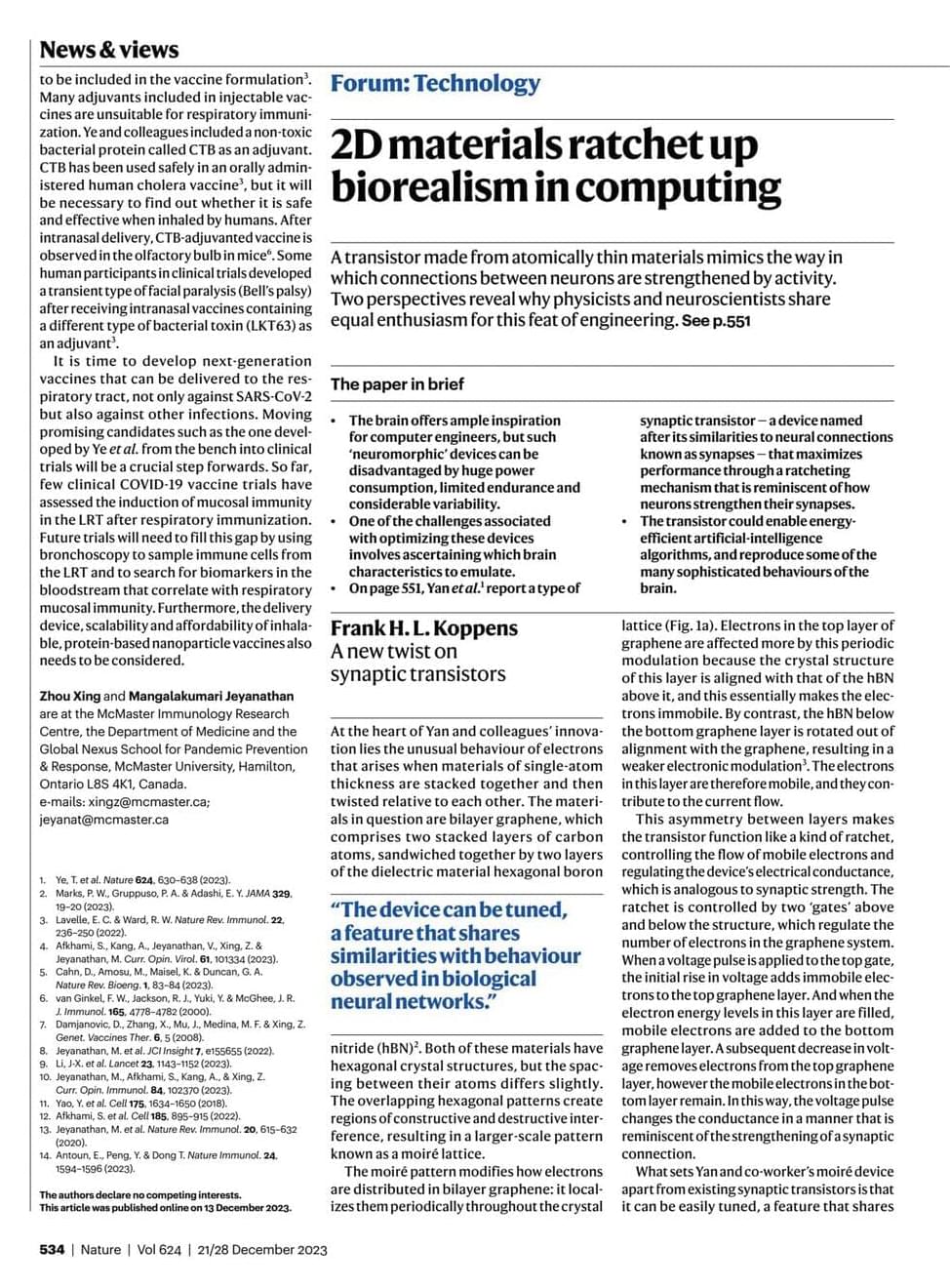
Spontaneous behavior in different individuals can be decomposed and understood using a relatively small number of neurobehavioral modules—the compositional modes—and elucidate a compositional neural basis of behavior.\
This video is part of the SNAC seminar series organized by Mac Shine, Joe Lizier, Ben Fulcher, and Eli Muller (The University of Sydney).
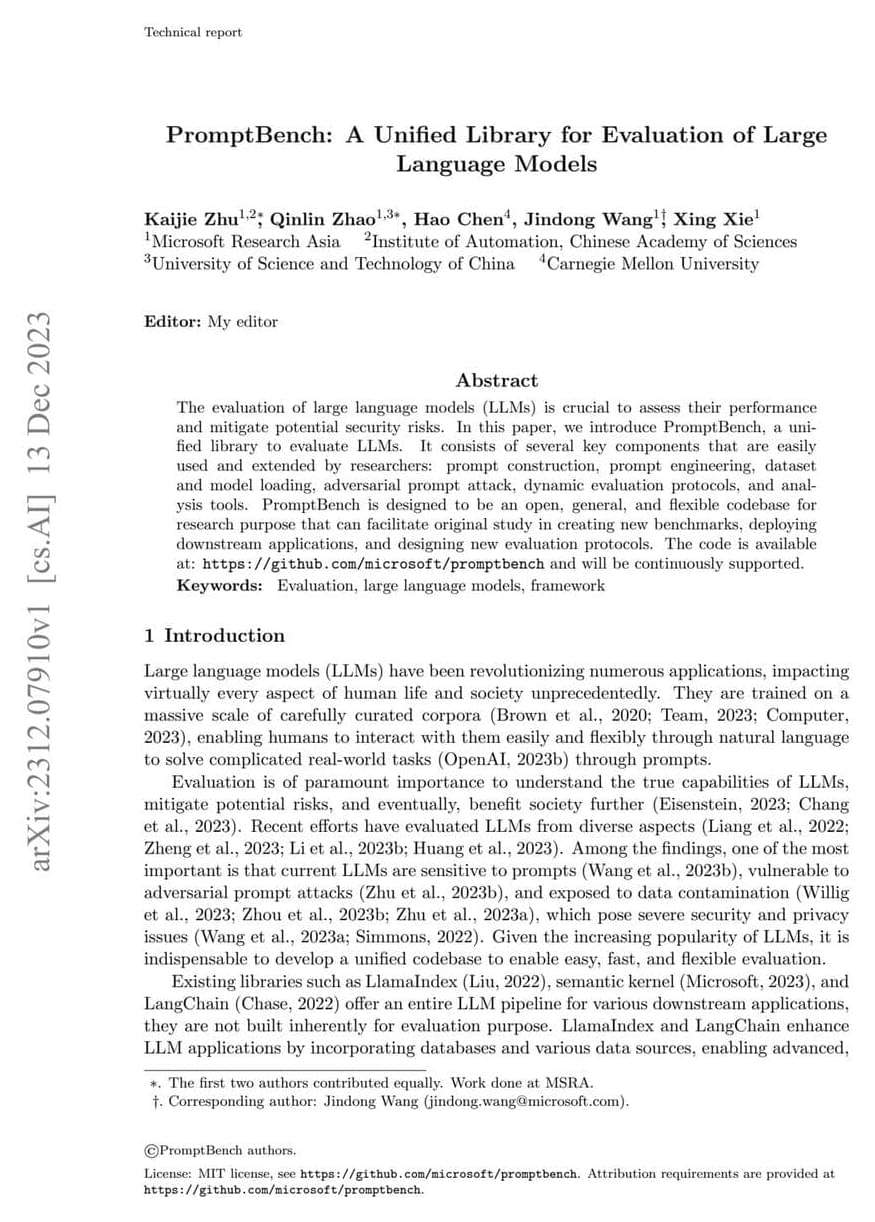
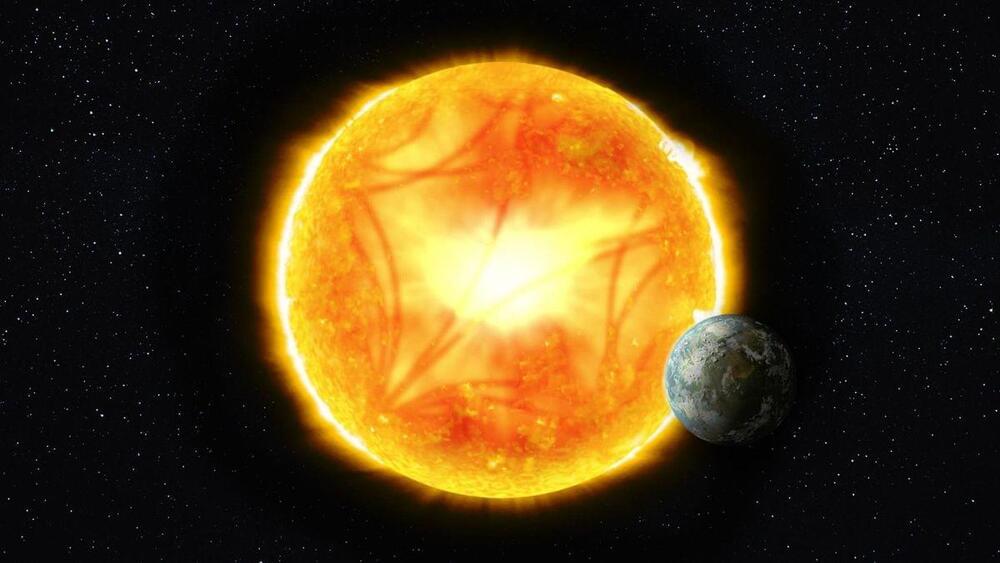
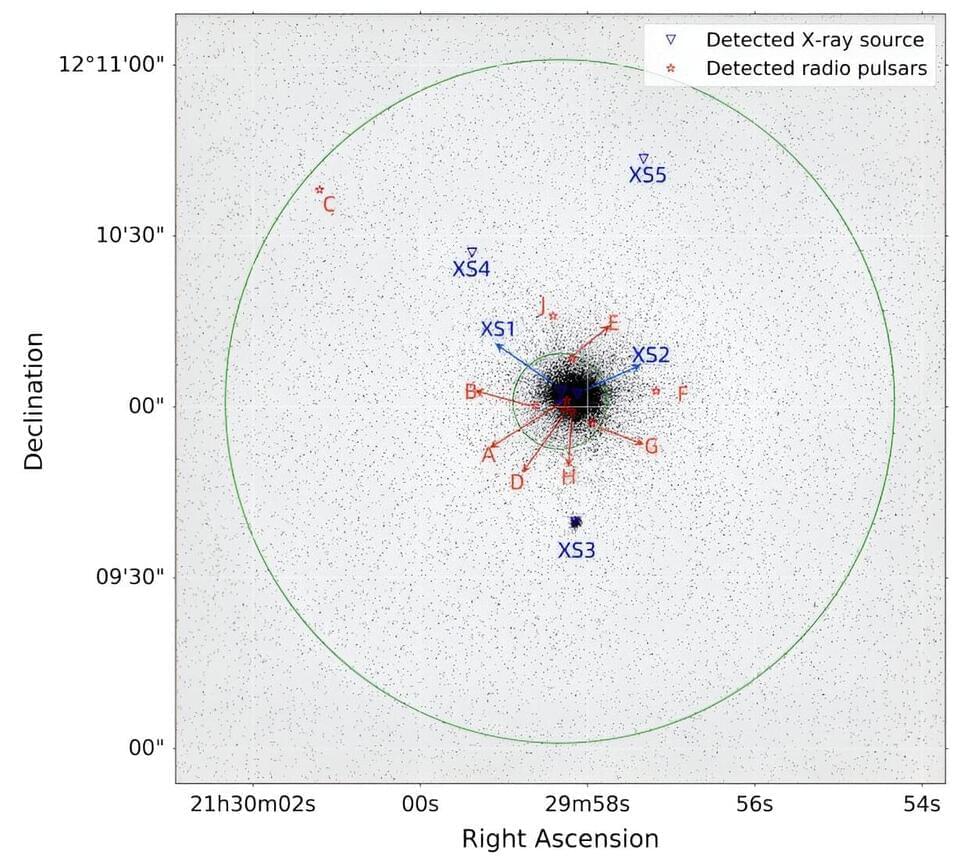
Using China’s Five-hundred-meter Aperture Spherical radio Telescope (FAST), astronomers have discovered three new pulsars in an old Galactic globular cluster known as Messier 15. Two of them turned out to be long-period pulsars, while the remaining one spins so rapidly that it was classified as a millisecond pulsar. The finding was reported in a paper published Dec. 11 on the pre-print server arXiv.
Pulsars are highly magnetized, rotating neutron stars emitting a beam of electromagnetic radiation. The most rapidly rotating pulsars, with rotation periods below 30 milliseconds, are known as millisecond pulsars (MSPs). Astronomers assume that they are formed in binary systems when the initially more massive component turns into a neutron star that is then spun up due to accretion of matter from the secondary star.
Located some 35,700 light years away from the Earth, Messier 15 (also known as NGC 7078) is a core-collapsed GC with a radius of about 88 light years and an estimated mass of 560,000 solar masses. It is one of the oldest (about 12 billion years old) and most metal-poor Galactic GCs (with a metallicity of approximately −2.25), and one of the most densely packed GCs in our galaxy.

A team of researchers at the University of Massachusetts Amherst has developed the first dual-color optoelectronic neural probe.
Unlike previous, single probes, which often control brain activity in only one direction—excitation or inhibition, but not both—this new design can enhance and silence the electrical activities of the same neurons within specific cortical layers of the brain. It promises aid the investigation of tightly packed neural microcircuits within the cortex and deep brain regions and, in the longer term, add to the functional mapping of the brain.
Guangyu Xu, assistant associate professor of electrical and computer engineering, an appointee of the Dev and Linda Gupta Professorship at UMass Amherst, and principal investigator of the study hopes the device can ultimately help researchers identify the origin of brain diseases.
